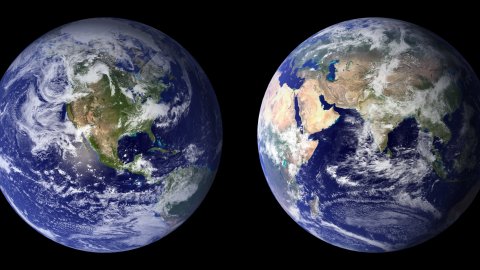Algebraic independence for values of integral curves
Abstract
After a brief introduction to the theory of transcendental numbers, I will discuss Nesterenko's 1996 celebrated theorem on the algebraic independence of values of Eisenstein series, and some related open problems. This motivates the second part of the talk, in which I will report on a recent geometric generalization of Nesterenko's method.



